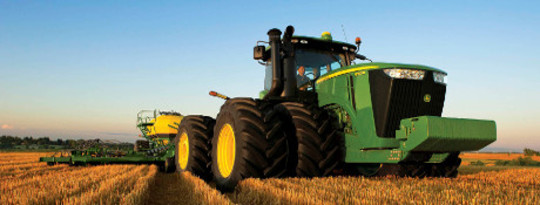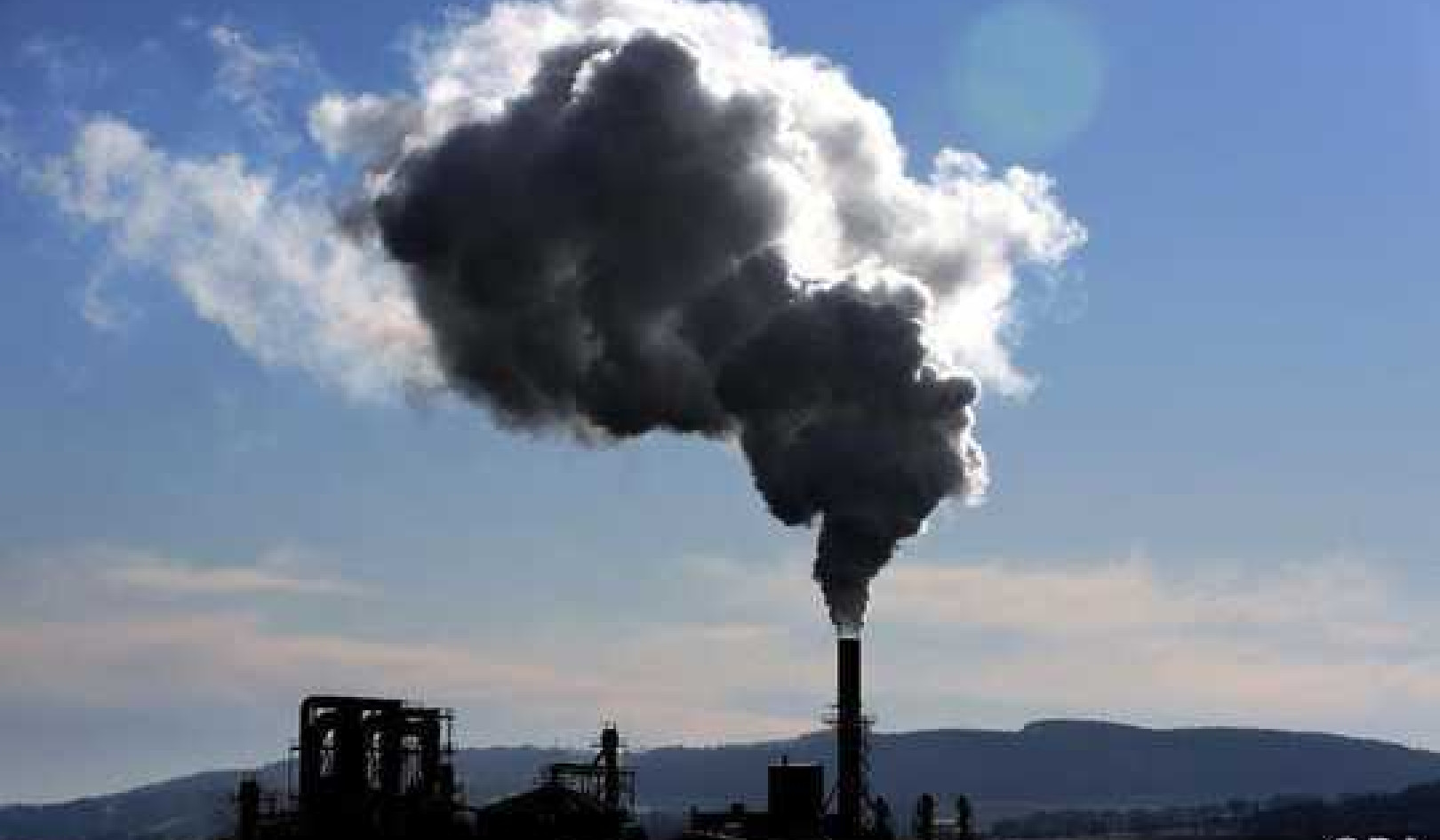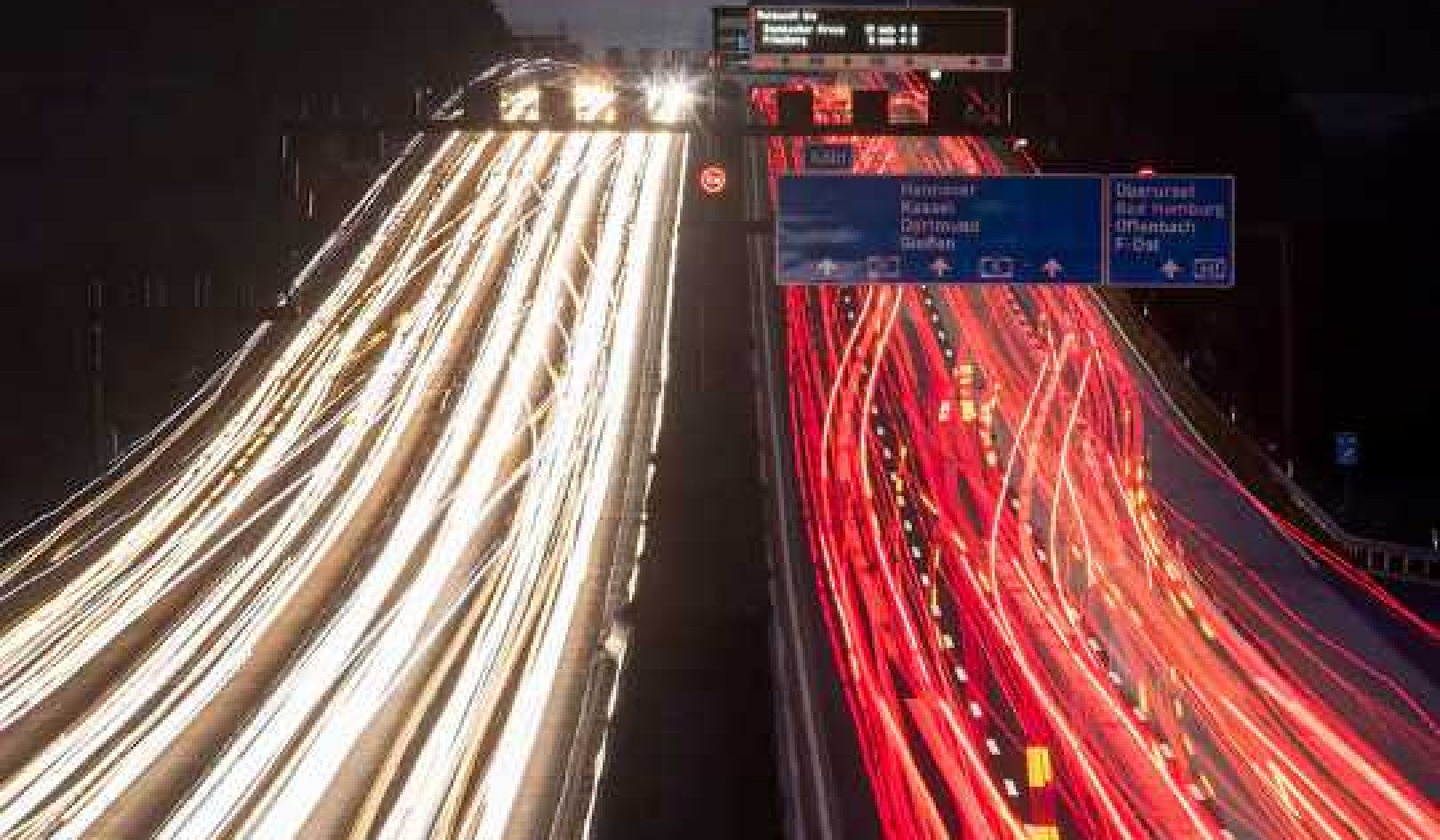
I believe we have a problem — a big problem. According to demographers, by the end of this century we’ll have around 11 billion mouths to feed. Most of the additional 4 billion people alive then will be in developing nations. For instance, Africa’s population will nearly quadruple, with the population of Nigeria — already veering toward social and economic chaos — rising by 500 percent.
These are incredible figures, and they underscore momentous challenges ahead — for global food security, social welfare, immigration, national security and the environment.
How To Feed All The People
How will we feed so many people? As my colleagues and I explained in a recent review article, current projections suggest global food demand will roughly double by 2050. There seem to be two very different paths we can take to get there.
Numbers like that scare the bejesus out of environmental scientists like me, who foresee potentially catastrophic impacts on native ecosystems and biodiversity.
According to ecologist David Tilman, if we continue in a business-as-usual mode, we’ll need around 1 billion hectares (2.2 billion acres) of additional farming and grazing land, on top of the vast areas we farm and graze already. A billion hectares is a bit bigger than Canada.
Numbers like that scare the bejesus out of environmental scientists like me, who foresee potentially catastrophic impacts on native ecosystems and biodiversity.
A more optimistic alternative — espoused by many agronomists, such as those at the Food and Agriculture Organization of the United Nations — is to turbocharge farming. Particularly in developing countries, agronomists see large expanses of arable land where crop yields by smallholders are only a fraction of those possible under modern intensive farming conditions.
If you amp up such farms with fertilizers, irrigation, and modern methods and equipment, the agronomists say, you can double or even triple crop yields. According to the FAO, this would allow us to meet projected food demands in 2050 by converting just another 120 million hectares in developing countries (264 million acres) of land to agriculture. That’s still a big area — the size of South Africa — but it’s a lot less scary than a billion hectares.
We Must Intensify Farming
So, to feed 11 billion people without destroying nature, we must intensify farming. But because intensive farming relies so heavily on energy, energy prices strongly influence food prices.
But even if you believe such sunny optimism, there’s a big catch: The modern farming agronomists espouse needs energy — lots of energy — relative to that used for small-scale farming. It needs energy for farm equipment, irrigation, refrigeration, lighting and crop transport. It also needs energy to produce nitrogen fertilizers and yet more energy to mine and transport phosphate. All in all, modern farming has a serious thirst for energy.
For this reason, when energy prices go up, food prices tend to go up. From 1990 to 2013, the annual price of oil explained three-quarters of the annual variation in the price of food (cereals, edible oils, meat, dairy and sugar).
So, to feed 11 billion people without destroying nature, we must intensify farming. But because intensive farming relies so heavily on energy, energy prices strongly influence food prices.
This leaves us with a very good two-part question: Where will we get all the energy we’ll need to feed our rapidly growing population, and what will it cost?
But this windfall won’t last forever, especially at the breakneck pace at which we’re guzzling energy now. After that, what happens?
Whether or not you believe we’ve passed “peak oil,” I think you’d have a hard time arguing energy prices won’t rise substantially in the future. Right now humankind is consuming over 90 million barrels of oil each day — with nearly 20 million barrels gulped down daily by the U.S. alone. By midcentury we’ll need even more: Global energy use is projected to rise by up to 61 percent, according to the World Energy Council, mostly because of growing consumption by the world’s developing economies.
In the short term — perhaps the next decade or two, barring any unforeseen catastrophes — energy prices might not increase too much. New technologies such as fracking and coal-seam gas exploitation are liberating a lot of oil and natural gas from existing deposits. Such technologies are allowing the U.S. to ramp up domestic energy production while reducing petroleum imports.
Will Energy Prices Stay Low?
But this windfall won’t last forever, especially at the breakneck pace at which we’re guzzling energy now. After that, what happens? Leading experts at the International Energy Agency believe energy prices will go up, possibly by quite a lot.
That’s not to suggest we’ll run out of energy. We’ll still have abundant coal deposits, tar sands and petroleum deposits in the deep ocean, polar regions and remote rainforests. For electricity generation there’s hydro, wind, solar power, and nuclear and coal-fired generating plants. But all of these options have their own problems and limitations, and nearly all will be expensive if we have to ramp up energy production markedly.
I recently asked a colleague who works on food security issues what he thought about my worries. He said, in effect, that he figured some kind of energy miracle will come along — some new technology will save us.
One of the biggest challenges will be replacing petroleum — a stable, high-energy-density liquid fuel that powers virtually the entire global transportation sector and has countless industrial uses on top of that. For this, biofuels are the most plausible alternative — but there’s a problem here too. Even if efficient new cellulosic technologies (which use plant biomass rather than just oils or sugars) should emerge, growing the amount of biofuel crops we’d need would require enormous expanses of arable land — land we’ll desperately need to feed people. On top of that, the competition between agriculture and biofuels will make land, and hence biofuels, more expensive.
So, where does this leave us? Many people in developing nations already live on the economic edge, devoting much of their income to food. What will they do if food prices double? You think food riots were bad in 2007?
Will Some New Technology Will Save Us?
I recently asked a colleague who works on food security issues what he thought about my worries. He said, in effect, that he figured some kind of energy miracle will come along — some new technology will save us.
“For example,” he said, “five years ago we didn’t have fracking, and now we do.”
I dunno. I’m sure new whizbang technologies will come along, and I’ve no doubt they’ll help to a degree. But I can’t get away from the thought that energy prices are going to rise a lot, eventually. If they do, we could have a lot of hungry, desperate people who can’t afford to eat.
To avoid risking this kind of socioeconomic train wreck, I see two urgent priorities.
First, we need to support family planning and educational initiatives for young women in places where population pressures will be greatest. Africa is a good place to start.
Second, we need to get serious about energy conservation. For this, the U.S. is the place to start. We might be the world’s breadbasket, but we’re also the planet’s energy addict, and there’s myriad ways we can become more efficient.
The bottom line: when it comes to food, energy and population, I think we’re steaming straight at a giant iceberg. I, for one, don’t want to rely on a miracle in order to dodge it.
The article originally appeared on Ensia
About the Author
 William Laurance, who was raised in the western U.S., is a distinguished research professor and Australian Laureate at James Cook University in Cairns, Australia. In 2012, he was one of the global experts invited by Ensia’s predecessor, Momentum, to tell us how to live more sustainably.
William Laurance, who was raised in the western U.S., is a distinguished research professor and Australian Laureate at James Cook University in Cairns, Australia. In 2012, he was one of the global experts invited by Ensia’s predecessor, Momentum, to tell us how to live more sustainably.
Recommended book:
Reconnecting Consumers, Producers and Food: Exploring 'Alternatives'
by Moya Kneafsey, Lewis Holloway, Laura Venn, Elizabeth Dowler, Rosie Cox, Helena Tuomainen.
 Reconnecting Consumers, Producers and Food presents a detailed and empirically grounded analysis of alternatives to current models of food provision. The book offers insights into the identities, motives and practices of individuals engaged in reconnecting producers, consumers and food. Arguing for a critical revaluation of the meanings of choice and convenience, the authors provide evidence to support the construction of a more sustainable and equitable food system which is built on the relationships between people, communities and their environments.
Reconnecting Consumers, Producers and Food presents a detailed and empirically grounded analysis of alternatives to current models of food provision. The book offers insights into the identities, motives and practices of individuals engaged in reconnecting producers, consumers and food. Arguing for a critical revaluation of the meanings of choice and convenience, the authors provide evidence to support the construction of a more sustainable and equitable food system which is built on the relationships between people, communities and their environments.
Click here for more info and/or to order this book on Amazon.
























